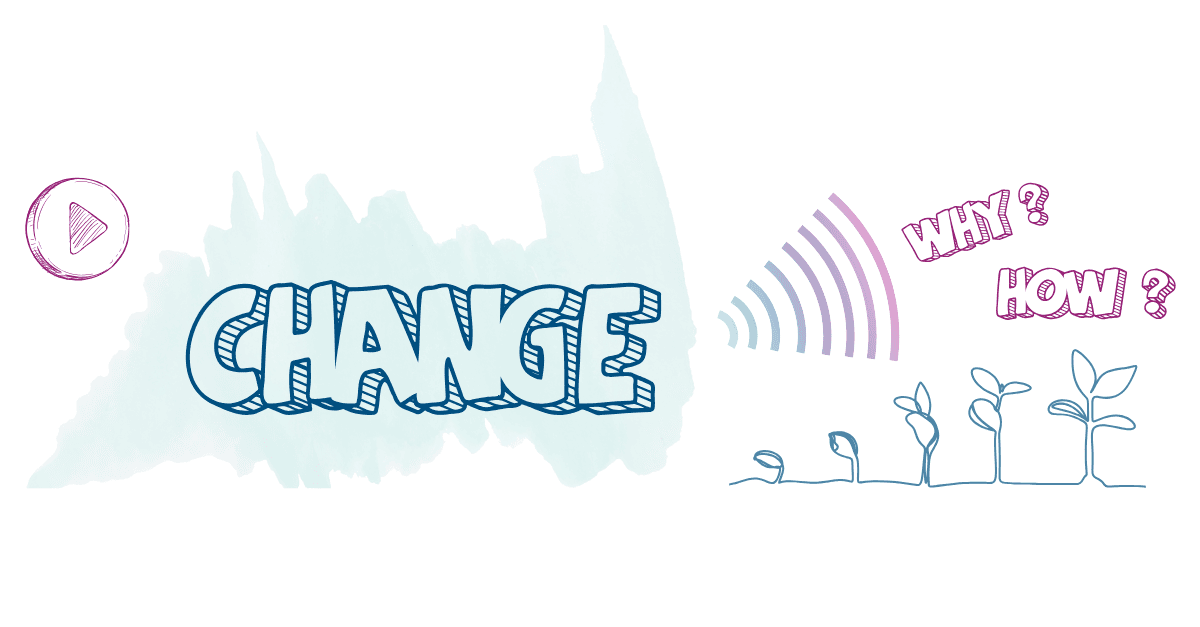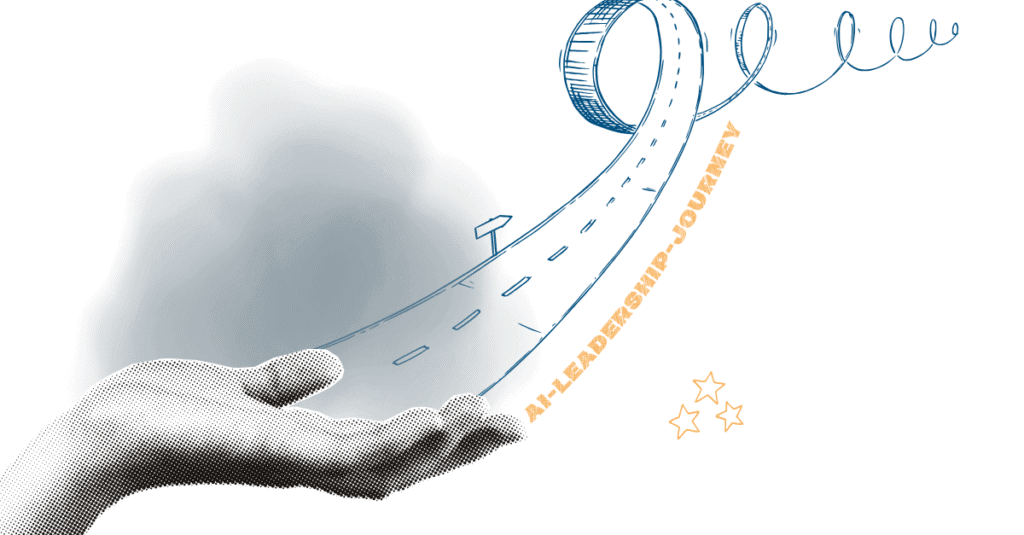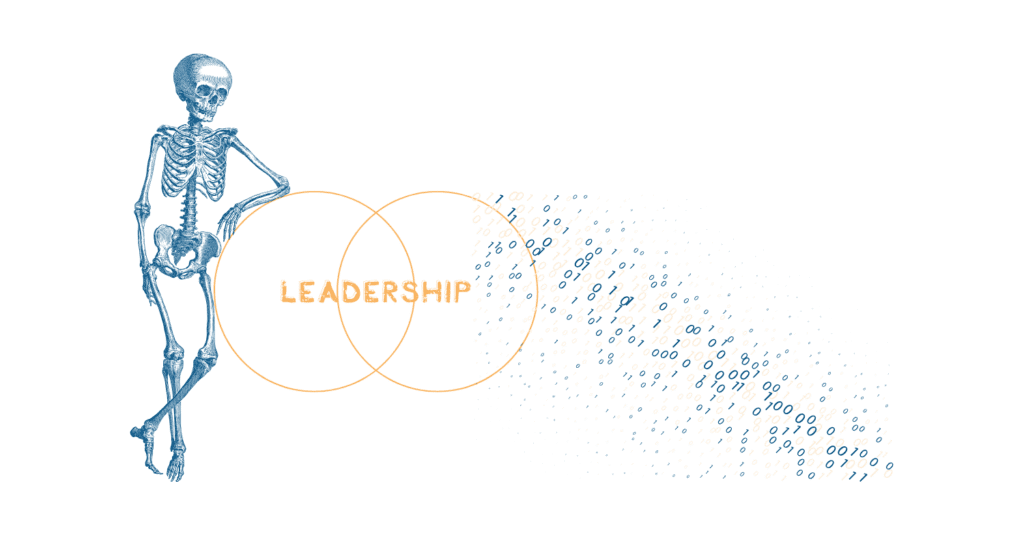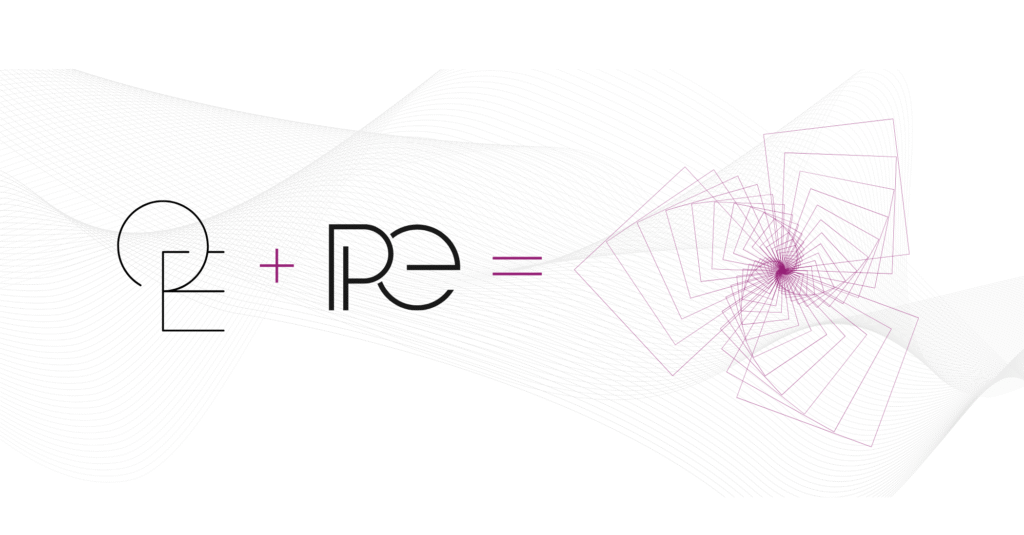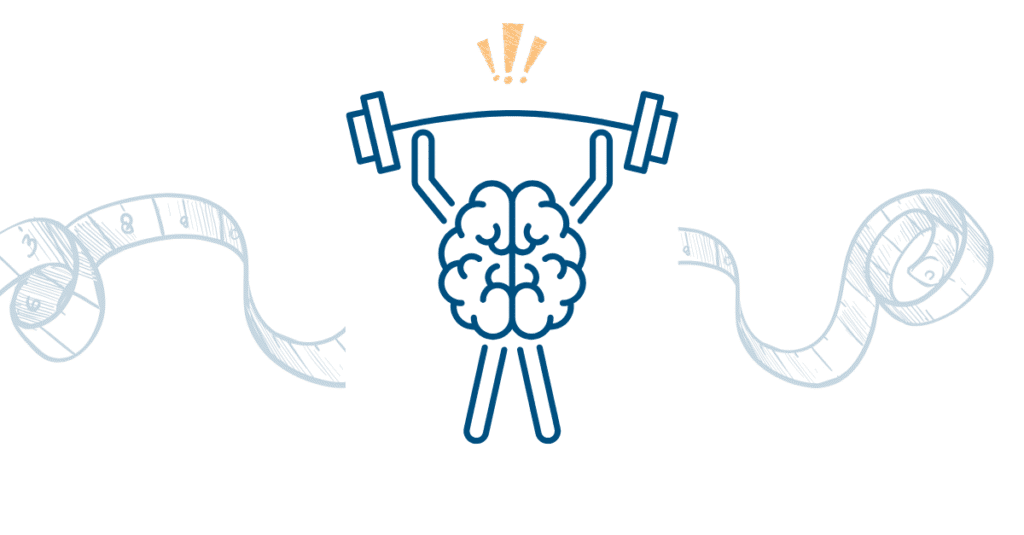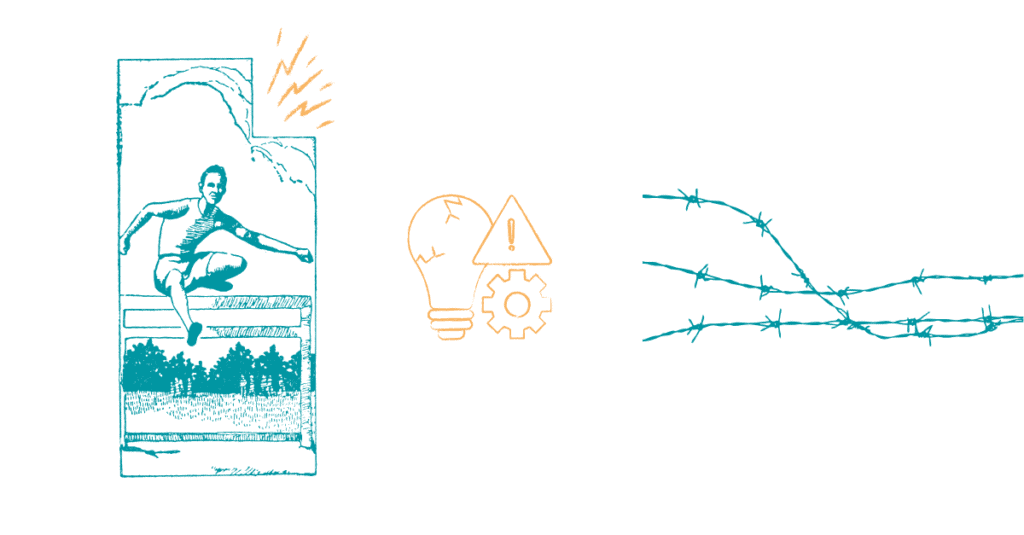Change is everywhere – our world is evolving almost daily and in drastic ways. It is essential to navigate this uncertain time. Employees and employers alike face equally demanding challenges. Change Management and Organizational Development are designed to help. We explain what these concepts entail – and how they differ from one another.
What is Change Management?
The term Change Management describes a structured approach to effectively and sustainably implementing changes in an organization, ensuring that all stakeholders – from leadership to employees – are involved. It focuses not only on executing changes and utilizing appropriate methods but also on securing acceptance and engagement from those affected.
Change Management and Organizational Development are often used interchangeably, but they are two distinct concepts.
Why Change Management is important:
Digitalization, mergers, and restructuring are commonplace today, making change nearly unavoidable. However, change processes can also face resistance.
Humans are creatures of habit and often dislike stepping out of their comfort zones. This is where Change Management comes into play: it ensures that changes are implemented smoothly and successfully. It provides employees with support and ensures that transformation within the organization is accepted and perceived positively.
Key elements of Change Management:
- Communication: Clarity about the change and its objectives is crucial so that everyone understands why the change is necessary.
- Training: Employees must be prepared for new conditions and acquire the necessary knowledge and skills.
- Support: Leaders (or Change Managers) play a key role in Change Management. They must support, motivate, and win over their teams for the transformation.
- Feedback and Adjustment: Changes should always be monitored. Employee feedback helps to adjust the change process as needed and ensure everything stays on track.
What is Organizational Development?
Organizational Development (OD) refers to a planned and systematic change process aimed at continuously improving the organization as a whole and enhancing its performance. It is not just about short-term projects or specific changes but rather about the continuous improvement of corporate culture, processes, and structures. The goal is to create an organization that remains successful not just today but also in the future.
Why Organizational Development is important:
In a dynamic work environment characterized by constant change, companies must be flexible and adaptable to remain competitive in the long term.
Such a comprehensive adaptation cannot be achieved through individual changes alone – the entire organization must be enabled to continuously evolve. Organizational Development helps create an agile, learning organization that not only reacts to change but actively shapes it.
Key elements of Organizational Development:
- Corporate Culture: A positive, open corporate culture fosters innovation, collaboration, and employee engagement. Organizational Development seeks to continuously promote and refine this culture.
- Leadership Development: Leaders play a crucial role in Organizational Development by setting direction and acting as role models. Targeted leadership development is therefore essential.
- Structures and Processes: Process efficiency and organizational flexibility are key factors. Organizational Development ensures that structures and processes always align with current requirements.
- Employee Engagement and Communication: Actively involving employees is crucial for strengthening commitment and identification with the organization. Open communication and regular feedback from Organizational Developers are essential success factors.
Organizational Development vs. Change Management
It is easy to confuse Change Management and Organizational Development since both concepts deal with organizational change. However, there are key differences:
- Objective:
- Change Management focuses on implementing specific changes within an organization, such as introducing new technologies, restructuring departments, or adapting processes. The goal is to manage the change effectively and make the transition as smooth as possible.
- Organizational Development, on the other hand, takes a holistic, long-term approach. It aims to continuously improve the organization by regularly reviewing and optimizing corporate culture, leadership competencies, processes, and structures to make the company more agile and future-proof.
- Time Frame:
- Change Management is often short-term and focused on the rapid and efficient implementation of a specific change with a clearly defined goal.
- Organizational Development is a long-term process, encompassing continuous adjustments and improvements that affect the entire organization.
- Scope:
- Change Management typically focuses on individual projects or specific changes within a set timeframe, often impacting only certain areas of the organization (e.g., implementing new software or restructuring a department).
- Organizational Development considers the entire organization, addressing corporate culture, leadership, team dynamics, and overall strategy.
- Approach:
- Change Management follows a more top-down approach, where change is usually initiated by leadership. The main task is to guide, motivate, and support employees through the transition.
- Organizational Development is often bottom-up, actively involving employees in the change process. Leaders serve as facilitators, but employees play a crucial role in driving development.
- Focus on People:
- Change Management primarily aims to minimize resistance to change by preparing employees for and guiding them through the process via training, communication, and support.
- Organizational Development strengthens the entire organization continuously, emphasizing corporate culture, leadership development, and fostering adaptability among employees. It focuses more on long-term shifts in mindset and values.
Criterion | Change Management | Organizational Development |
Objective | Implementation of specific changes (e.g., new technologies, restructuring) | Holistic, long-term optimization of the organization (culture, leadership, structures) |
Time Horizon | Short-term, focused on quick implementation | Long-term, continuous development process |
Scope | Limited to projects or specific changes | Considers the entire organization, including culture and strategy |
Approach | Top-down: Changes are initiated by leadership | Bottom-up: Employees are actively involved |
People Focus | Minimizing resistance, training, and communication are key | Strengthening organizational culture and leadership development |
When Change Management, when Organizational Development?
Both change management and organizational development are crucial for the long-term success of a company. But when is which approach needed? And how do the areas of application of change processes differ in practice?
When is Change Management needed?
Change management becomes relevant when there is a specific, urgent change project within an organization that needs to be implemented quickly and efficiently.
Practical examples of change management:
- Introduction of a new IT system: A company decides to switch from old software to a new platform. The aim is to implement the system quickly and guide employees through the change process so that operations are not disrupted.
- Merger of two companies: Two companies are merging and a new structure needs to be created. Change management is necessary here to manage the integration of corporate cultures and the adaptation of work processes.
- Restructuring a team: A company decides to change the structure of a team in order to work more efficiently. This involves repositioning employees and adapting work processes. Change management ensures that employees are prepared for the change and can quickly take on the new tasks.
In these cases, clear project planning, close communication with employees and structured support throughout the entire change process are required.
When is Organizational Development needed?
When long-term and far-reaching changes are required, organizational development is called for. This is not about individual projects, but about holistic and sustainable innovations.
Practical examples of organizational development:
- Promoting an innovation-friendly corporate culture: a company wants to create a more creative and flexible working environment in the long term, in which new ideas are encouraged and implemented. To this end, a comprehensive program for cultural development and the promotion of innovation is introduced that will have an impact for years to come.
- Leadership development: A company recognizes that managers are not adequately prepared for the challenges of a rapidly changing world. Therefore, a long-term leadership development program is launched that includes training, coaching and mentoring.
- Implementation of agile working methods: A company wants to switch from traditional working methods to agile principles in order to be able to react more flexibly and quickly to changes. Organizational development ensures that this system is anchored throughout the entire organization, from the structure to the processes to the working methods of the employees.
Organizational development is particularly important if a company wants to ensure its long-term orientation and sustainability. It is not a one-off process, but a continuous process that needs to be adapted regularly.
How can the two concepts interact?
Change management and organizational development can complement each other perfectly:
1. Change management as part of organizational development
- Organizational development is a long-term process that often involves several change management initiatives. The continuous development of an organization often results in changes that are not only the result of planned processes, but also of reactive measures. This is where change management comes into play:
- Specific changes in a development strategy: as part of a comprehensive organizational development program, there are always specific changes, such as the introduction of new technologies, the adaptation of processes or a restructuring. These changes require well-structured change management to support the affected employees and make the transition as smooth as possible.
2. Organizational development as a basis for change management
On the other hand, a solid foundation of organizational development can support change management initiatives in the long term and anchor them sustainably:
- Culture and values: an important task of organizational development is to create a corporate culture that positively embraces and supports change. If the organization cultivates a flexible culture, it is easier for employees to adapt to new changes.
- Leadership competence and support: Organizational development also includes the training and further development of managers. A strong management level is crucial for the success of change management projects – managers act as change agents and drive change forward.
- Long-term anchoring: Change management is concerned with the short-term implementation of change. The task of organizational development is to anchor these changes in the long term.
3. The practical example
A company decides to introduce agile working methods in all departments in order to be able to react more flexibly to market requirements.
- In this case, change management will ensure that the introduction of agile methods in the departments runs smoothly. This includes training, workshops and communication with employees in order to reduce resistance and quickly adapt the new ways of working.
- Organizational development will prepare the entire corporate culture for the change and ensure that the agile principles are not only implemented but also lived in the long term. Here, the management level is also trained to understand and promote agile principles so that this change is deeply integrated into the organization.
4 The process as a continuous cycle
When change management and organizational development are well linked, a continuous cycle is created:
- Change management ensures that changes are implemented quickly and in a targeted manner, while organizational development ensures that these changes are built into the organization in a profound and long-term way.
- In the next step, organizational development helps to strengthen organizational resilience and the willingness to change so that future changes can also be implemented smoothly. In this way, the company remains agile and adaptable.
triangility: Navigating change together
At triangility, we guide you through transformation. With our diverse range of workshops and training, we provide exactly what you need for your current situation – for example, our Impact Business Design Workshop, where you lay the foundation for strategic, sustainable Organizational Development with Impact Design.
For companies that endure.

Start business transformation and develop the business model in 9 steps.
Join the New Leadership Community:
Get exclusive insights, practical tools, and proven strategies on how to use New Leadership in your organization – delivered to your inbox weekly.

Contact
Contact Verena if you need more information on how to implement chance management the right way in your company:
You are currently viewing a placeholder content from Zoho Forms. To access the actual content, click the button below. Please note that doing so will share data with third-party providers.
More Information
